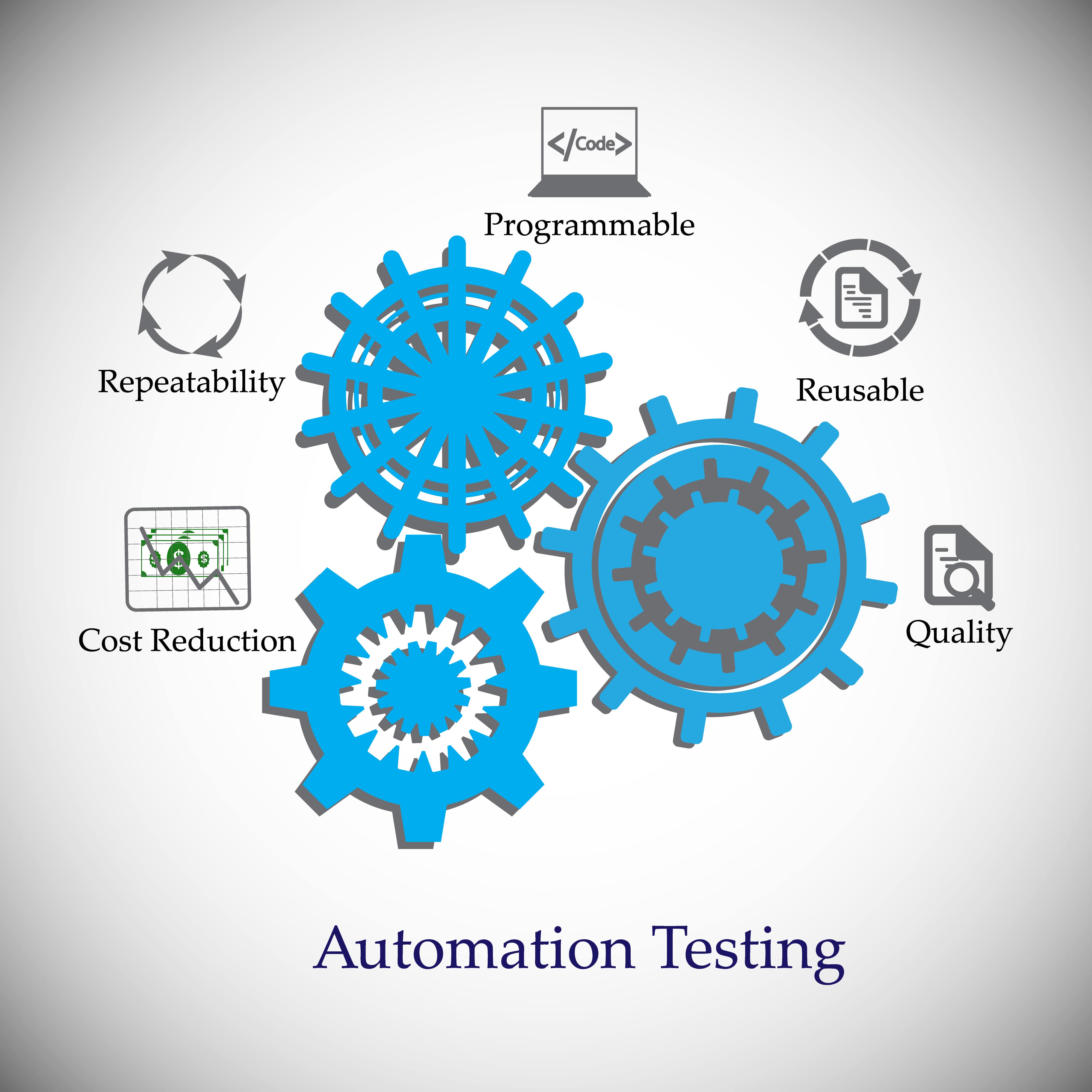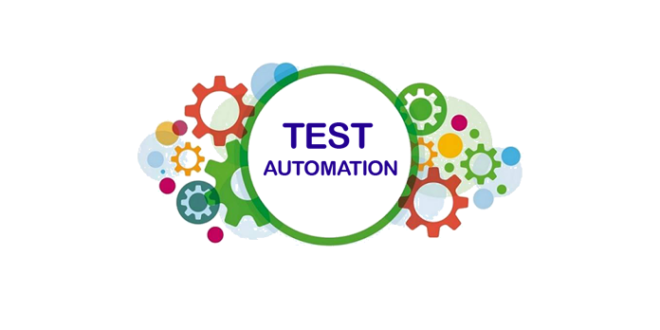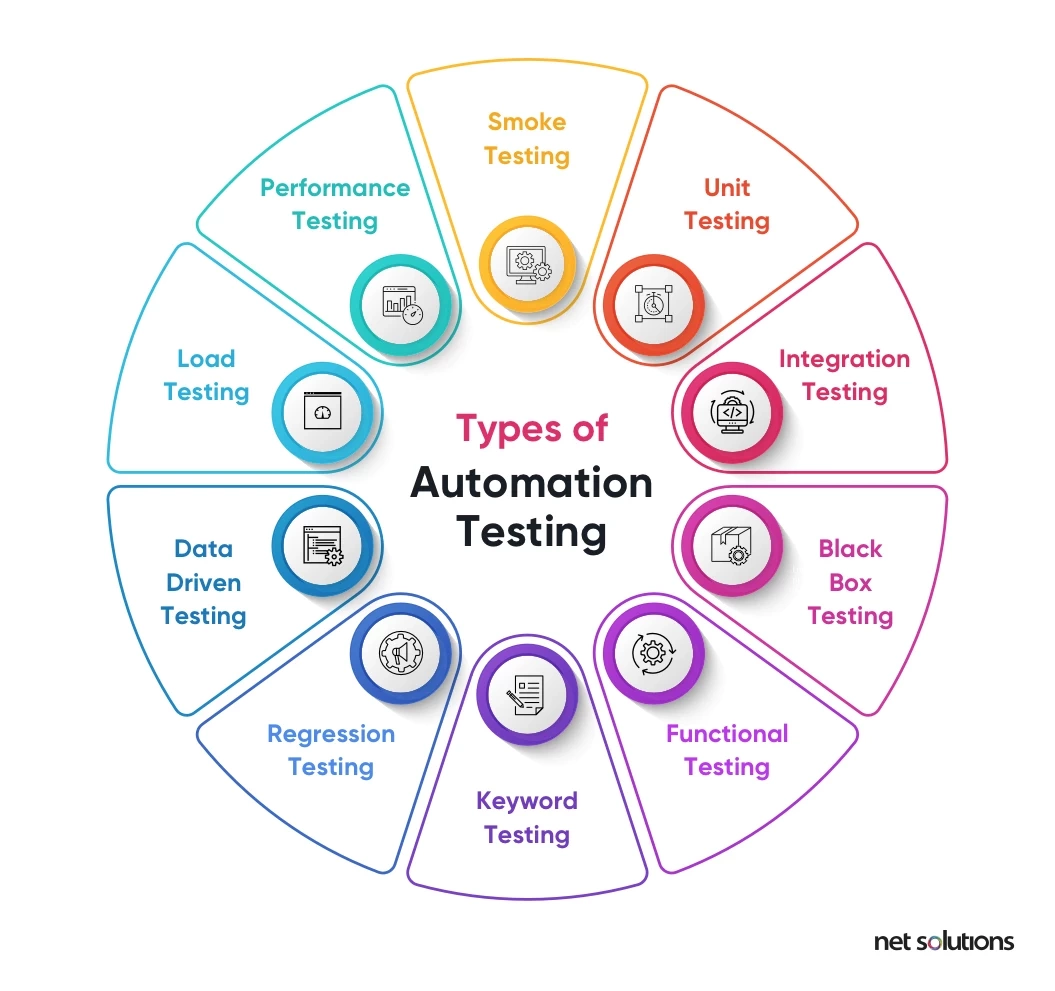Automation Testing Methods: Ideal Practices for Seamless Assimilation
Automation Testing Methods: Ideal Practices for Seamless Assimilation
Blog Article
Making Certain Success in Automation Checking: Key Metrics, Challenges, and Solutions Every QA Group Should Know
In the world of software top quality guarantee, the landscape of automation testing is ever-evolving, demanding a meticulous approach to guarantee smooth procedures. The trip to mastering automation testing is paved with nuances that call for a keen eye for surveillance, analysis, and constant improvement. As the industry thrusts onward, the quest for ideal performance in automation testing remains a continuous quest, prompting QA teams to furnish themselves with the understanding and approaches crucial for accomplishment.
Value of Secret Metrics
Understanding the value of essential metrics is crucial for reviewing the efficiency and performance of automation screening procedures. Secret metrics act as measurable procedures that provide valuable insights right into different aspects of the screening procedure, such as test protection, examination implementation time, problem thickness, and examination instance efficiency. By analyzing these metrics, QA groups can recognize bottlenecks, inadequacies, and locations for renovation within their automation testing framework.
One important facet of crucial metrics is their capability to track progression and keep track of the overall wellness of the testing procedure (automation testing). They enable stakeholders to make enlightened decisions based upon data-driven insights, which can cause much more effective screening approaches and better resource appropriation. In addition, crucial metrics can aid groups set reasonable goals, gauge the success of automation initiatives, and show the ROI of automation testing initiatives

Typical Challenges Encountered
Obstacles commonly run into in automation screening procedures can substantially influence the general efficiency and efficiency of QA groups. Automation testing may not cover all elements of testing, such as use and customer experience testing, which still call for hand-operated intervention. Getting over these challenges needs proper planning, calculated examination situation choice, robust maintenance processes, appropriate resources, and a clear understanding of the limitations of automation testing.
Efficient Solutions for Challenges
To address the challenges experienced in automation screening, carrying out reliable remedies is essential for enhancing the efficiency and productivity of QA teams. One vital solution is to buy durable training programs for QA teams to ensure they have the required abilities to effectively make use of automation tools. Training can bridge expertise voids, boost understanding of automation structures, and boost scripting abilities, eventually causing extra efficient examination development and implementation.
An additional important service is to establish clear communication networks within the QA team and with other stakeholders, such as developers and project supervisors. Efficient interaction helps in lining up assumptions, sharing progression updates, and without delay dealing with concerns or obstructions that may arise throughout the automation testing process.

Monitoring and Analysis Methods
Executing effective surveillance and analysis techniques is critical for making certain the success and performance of automation testing processes. By using surveillance tools, QA teams can track the efficiency of examination manuscripts, determine traffic jams, and pinpoint locations for improvement. Real-time surveillance enables fast detection of concerns, allowing fast response and resolution. In addition, analyzing test outcomes and metrics offers important insights right into the high quality of the software application being examined and the efficiency of the screening approach.
One key method in monitoring and analysis is using control panels that consolidate relevant metrics and KPIs in an aesthetically available style. These dashboards provide a thorough summary of examination execution condition, test coverage, issue trends, and other critical info. Frequently evaluating and analyzing these control panels can assist QA teams make notified choices, prioritize tasks, and enhance screening efforts.
Furthermore, implementing automated informs and alerts based upon predefined limits can enhance proactive monitoring and timely intervention. By establishing notifies for Get More Information performance variances or test failures, teams can deal with problems immediately and avoid them from intensifying. Overall, monitoring and evaluation strategies play a vital function in making certain the efficiency and success of automation testing initiatives.
Continual Improvement Strategies
Enhancing the efficacy of automation testing procedures demands the consistent improvement of approaches and strategies. One crucial approach to boosting automation screening procedures is to conduct regular reviews and retrospectives.

Conclusion
In final thought, it is important for QA teams to comprehend the key metrics, obstacles, and services in automation testing to ensure success. By carefully monitoring and assessing data, carrying out reliable solutions to usual challenges, and continually enhancing strategies, QA groups can optimize their testing procedures and supply top notch software. Abiding by these practices will inevitably lead to extra effective and efficient automation testing practices.
By evaluating these metrics, QA teams can determine bottlenecks, inefficiencies, and locations for improvement within their automation testing structure.
In addition, vital metrics can assist groups set practical objectives, determine the success of automation initiatives, and demonstrate the ROI of automation testing efforts.
Obstacles typically encountered in automation screening procedures can significantly impact the overall effectiveness and efficiency of QA groups. Automation testing like this may not cover all elements of testing, such as functionality and user experience screening, which still call for hands-on intervention.In verdict, it is essential for QA groups to understand the crucial metrics, difficulties, and solutions in automation testing to make certain success.
Report this page